 February 2023
If you're going to live, leave a legacy. Make a mark on the world that can't be erased.
~Maya Angelou
Since the days George Bonga became a legend, Black Minnesotans have been leaving their mark in outdoors recreation and natural resources. Let's celebrate them, their work and Black history year-round!
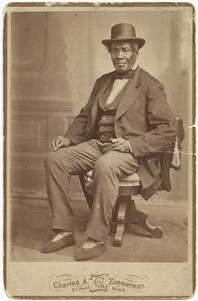
Born near Duluth in 1802, George Bonga was the first recorded African American birth in Minnesota, according to the Minnesota Historical Society. The son of a Black fur trader father and an Ojibwe mother, Bonga attended school in Montreal. When he later returned to the Great Lakes area to become a fur trader with the American Fur Company, he spoke fluent English, French and Ojibwe. While working for the company, he was hired as a guide and translator to help Lewis Cass in negotiations with the Ojibwe — his signature is on treaties made in 1820 and 1867. Bonga wrote letters on behalf of the Ojibwe to the state government about white men who treated Ojibwe trappers unfairly.
In 1842, the American Fur Company folded but Bonga continued to work as a trader. His strength and endurance on fur-trading voyages became legendary. Bonga enjoyed singing and telling stories of early Minnesota. He died at Leech Lake in 1874.
More about George Bonga from the Minnesota Conservation Volunteer magazine.
PHOTO from Minnesota Historical Society.
|

I don't identify as an outdoorsperson, because all people belong to and are part of nature.
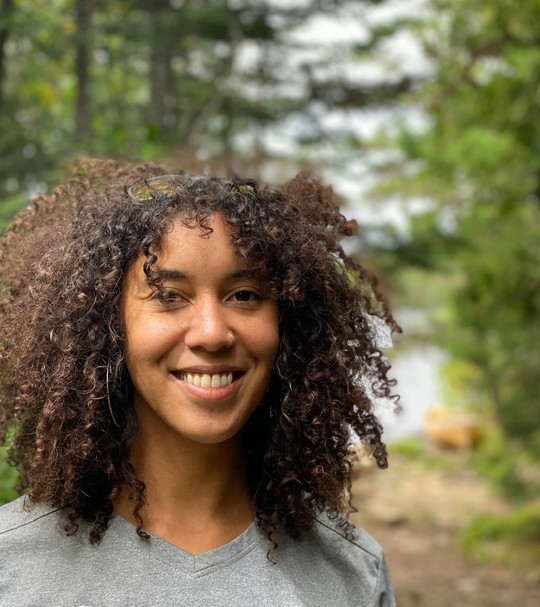 Favorite outdoors activities include hiking, swimming, fishing, "lazy-birding" and hammocking. Alora's dad. who was raised in the Jim Crow south, made sure that she grew up to be a proficient swimmer and angler, activities she's continued to pursue as an adult.
I started my environmental career somewhat by accident. I went to business school and never planned on a career in nonprofits, or conservation for that matter. But upon stumbling into an internship with Mississippi Park Connection, I haven’t looked back and have no regrets. I feel privileged to be able to apply my talents toward a cause I’m passionate about. Today, I’m proud to lend my marketing chops to advancing the work of The Nature Conservancy (TNC) and more specifically, building awareness of and appreciation for natural climate solutions.
Natural areas like our public lands are hugely important. In addition to providing beautiful spaces to get outside, recreate and commune with nature, our public lands provide important habitat for wildlife and ecosystem services for us — like cleaner water and air.
One of my favorite state parks is Fort Snelling at Bdote. Centrally located and with lots to do, it’s a treat to visit such a treasure for the Twin Cities to have. I think every metropolitan area deserves a place like Fort Snelling State Park, so close to home.
In fact, there's a lot more than you think close to home. Nature is all around us! You don’t necessarily need access to a car or a cabin in the Northwoods to enjoy the benefits that come with exposure to nature. Start wherever you are — whether that’s walking to a local park or watching the birds in your backyard.
The MN DNR and TNC partner in many different ways. Read about a recent climate change adaptation project in the Minnesota Conservation Volunteer.
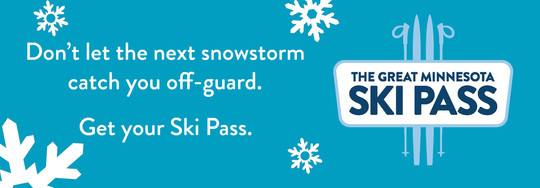
We need to reconnect to nature and earth because we have been disconnected. People who are very connected with nature are more likely to be caring and loving.
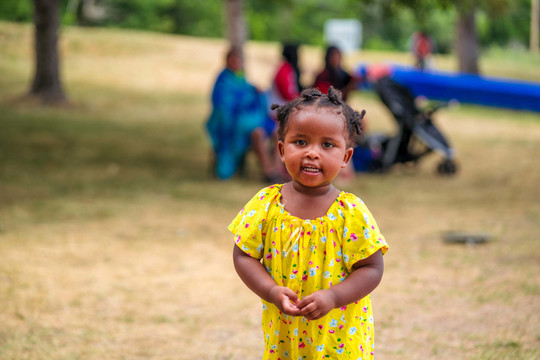 Mahmud enjoys state parks for the peace, tranquility and serenity: "The sound of the lake water lapping against the shore, the birds singing in the trees, and the sun shining down creates a sense of calm and relaxation." Below, families hiking at Sibley State Park.
As a recent immigrant from Somalia, I had never experienced a lake. A sixth-grade field trip to Sibley State Park changed my life. Today, I get to share the experience of awe with other families through outdoor summer camps facilitated through Youth and Family Circle (YFC), a nonprofit I co-founded over ten years ago. Families we serve include immigrants and refugees, as well as multicultural, first-generation Americans, who grow up immersed in Minnesotan communities with Oromo, Somali and Kenyan cultures.

Time outdoors can improve children’s overall health and well-being through increased activity levels and reduced stress. Studies consistently show a correlation between time spent in nature and lower instances of anxiety, depression, and other mental health issues, which is a benefit that carries over into adulthood. This is particularly important for Black, Indigenous and People of Color, communities traditionally underserved and with historic trauma.
You can also spread the love for the outdoors (along with all the benefits) by inviting your friends, family, colleagues, or partner to join you on a nature walk. Share your excitement about all the marvelous things in nature.
I have great appreciation for public land because it allows us to create new outdoor recreation opportunities and give new immigrant families a chance to experience nature in a way they wouldn't otherwise. YFC activities always have teamwork and community-building elements, and include scavenger hunts, tug-of-war and skits by the campfire.
|
 Time outside can provide children with opportunities to learn about the natural world and to connect with nature and others.
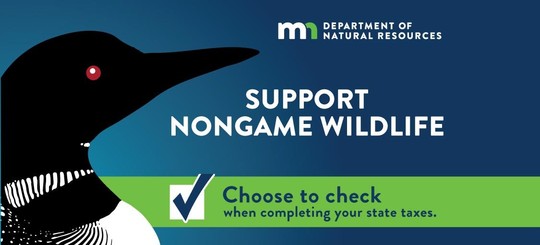

Public lands are one great way to have equity in the outdoors. If there is a free space for everyone to explore, then there is a space for EVERYONE.
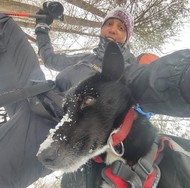
Winter is truly an underrated season. I love the crisp cool air and the way that the sun shines through the leafless trees. The snow dampens the sound around me and I love that quietness. I started winter hiking the year I decided not to work during the winter months when I get laid off from my seasonal job. Winter was the only season when I could do an extended trip.
Trying something new can be scary or exciting (or both!) and it always feels challenging. Potential failure is the biggest barrier for me. But the rewards always make it worth trying.
Before I was the first woman and person of color to attempt hiking the entire 1200-mile Ice Age Trail in the winter, I had a lot of learning to do. And I had to ask for help. I found so many doors open when you ask for help, and many people are willing to share resources and advice. You can be that person for someone else, or someone can be your guide as you try something new to you.
|
 First time paddling! Time with friends on the St. Louis River. Above, Emily with her winter hiking buddy, Diggins, named after Minnesota's very own cross-country ski champ, Jessie Diggins.
Sometimes, trying something new is just as easy as taking that first step and just "doing." If you're interested in foraging or birding, find a field guide or book, or ask a naturalist. if you want to try winter hiking, start in fair weather seasons and, come winter, try shorter hikes first. In Minnesota, we're lucky to have an amazing variety of terrain you can explore, from rugged to paved trails, from rivers to lakes, from forests to prairie, with options for different interests and abilities. Me, I'm fortunate to live by a stretch with eight state parks and I like finding the back trails and more secluded spots.
Word of advice for fellow Black, Indigenous and People of Color wanting to spread their love for the outdoors? In a world that needs change but craves tradition, let's do what we do really well: Show up for each other and build community. Grab a buddy and go explore Minnesota's great outdoors together, just like little kids explore the world for the first time. Being able to share the experience makes it even sweeter.
Follow Emily's exploits as she breaks trail or ventures outside her comfort zone trying something new.
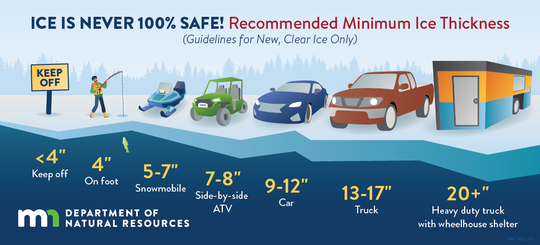
The Major Taylor Bicycling Club of Minnesota was named to honor the 1899 world cycling champion, a Black Midwesterner famous for being the world's first Black sports superstar and considered the greatest American sprinter of all time.
 For those who remember, in 1999 we had the early days of Internet. Which means, we were not aware that there were already about 10 other Major Taylor Cycling Clubs around the United States! Below, historic photo of Major Taylor, the inspiration for many cyclists today, from La Vie Au Grand Air magazine, May 1907.
I've lived in South Minneapolis since my family moved from Washington D.C. when I was 9. My dad was a fisherman and hunter who took us camping in the summer. I spent a lot of time outside with all the kids in the neighborhood. Growing up in the 50s, we had the advantage of not having color TV or social media to keep us inside in front of a screen.
I started biking as a means of transportation when I met my wife, and fell in love with the sport and the woman. I like biking outside, no matter the weather. Riding in the rain can feel so freeing. I enjoy the solitude of a long ride, thinking my own thoughts.
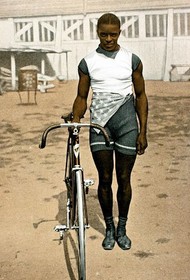
In 1999, almost by chance, I realized I could help spread the love of cycling and create community at the same time.
I heard that three Black women were doing the 500-mile Twin Cities-to-Chicago AIDS Ride. Cycling was a predominantly white male sport, not known to be popular with People of Color — or women, for that matter. My friends and I were excited that Black women were taking on this long charity ride and offered to help them train. We quickly realized that we all enjoyed the camaraderie and community we had created. And just like that, the Major Taylor Bicycling Club of Minnesota was born.
Black communities are disproportionately affected by health issues resulting from lack of physical activity and poor eating habits. We want to help change that. Though the club is geared towards African American communities, everyone is welcome to join, regardless of race or riding level. It doesn't make a difference how fast or how far you go. What's important is that you get out and go! Cycling is an excellent sport to get ahead of health issues as we get older. At 82, I can attest that, as can our members, most of them in their 70s.
Breathing clean air and feeling the sunshine should be part of your life. Open the curtains to let sun in every morning. It's a great way to start the day. It changes your attitude about your day and life.
|
|
